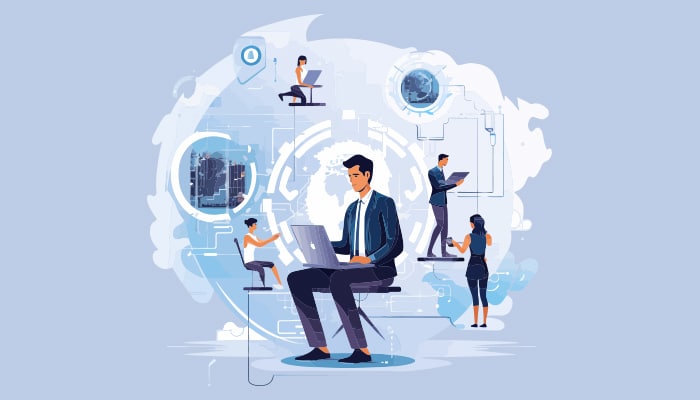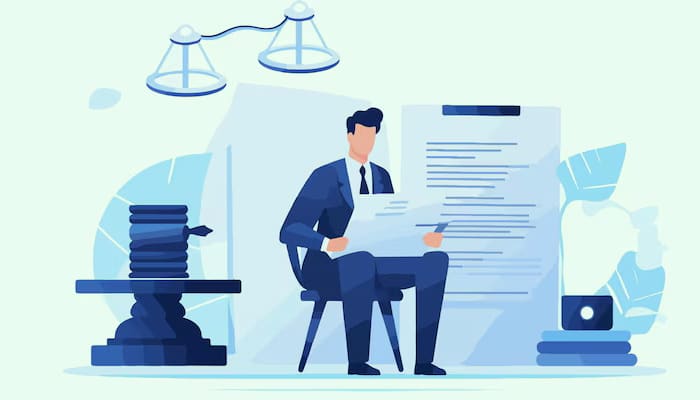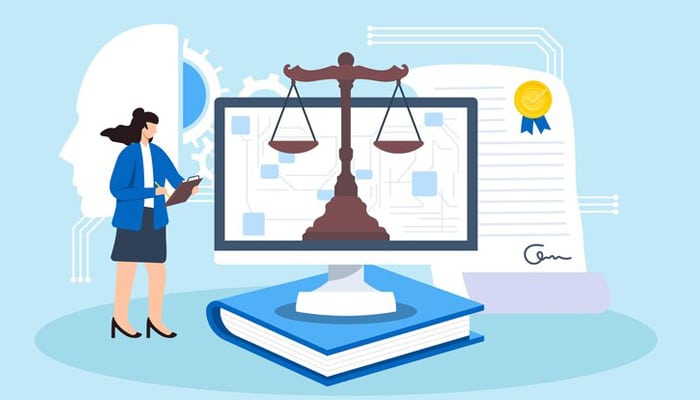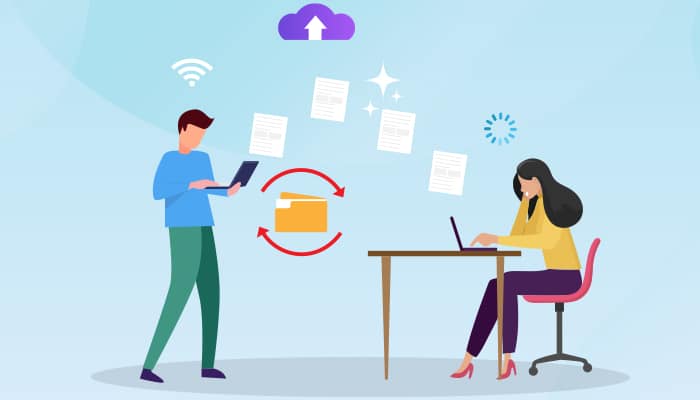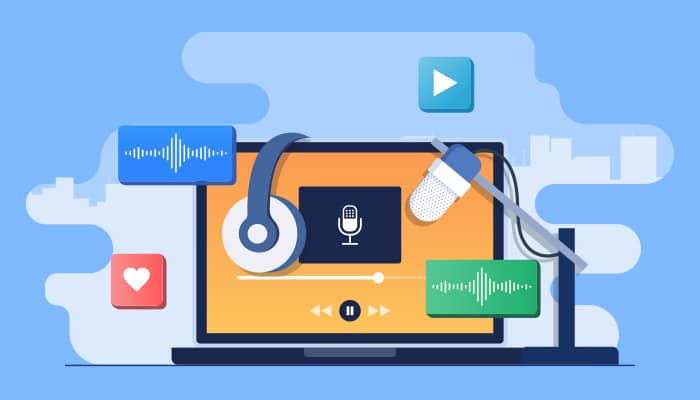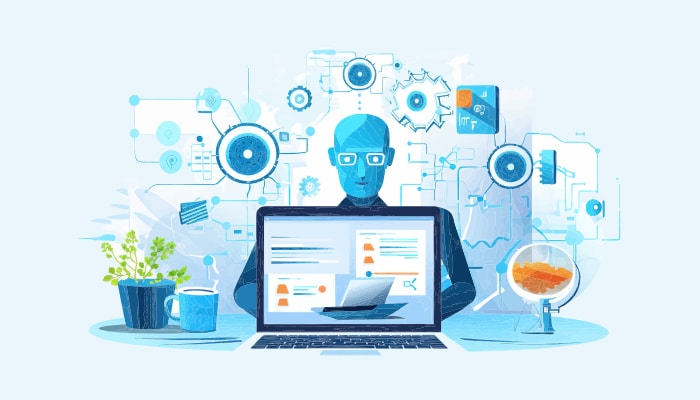Remember that clunky old computer system from the ’90s that took forever to boot up and seemed to crash every time you looked at it? Or perhaps it’s that ancient piece of software your company has been using since the dawn of the digital age, complete with its archaic interface and more bugs than a rainforest? Yes, those are what we call legacy systems, and while they may have served their purpose back in the day, they’re now holding your business back like an anchor tied to a speedboat.
But fear not, because in today’s fast-paced world of technology, there’s a solution to almost every problem, and legacy systems are no exception. Embrace the legacy modernization approach, where outdated software meets its match in the form of a cutting-edge software modernization strategy.
So, grab a cup of coffee, sit back, and let’s explore various legacy system modernization approaches to help businesses stay ahead of the curve.
Unveiling the Legacy System Obstacles
Before we can talk about solutions, it’s essential to understand the problem at hand. Legacy systems, while once revolutionary, have become a burden for many businesses. They’re often difficult and costly to maintain, lack compatibility with modern technologies, and hinder scalability and innovation. Plus, they’re a nightmare for anyone tasked with integrating them with newer systems or applications.
Imagine trying to fit a square peg into a round hole—that’s what it’s like trying to make a legacy system play nice with modern software and infrastructure. It’s not impossible, but it requires a lot of time, effort, and resources, which could be better spent elsewhere.
Modernization Matters: Building the Case for Change
So why bother modernizing your legacy systems? Well, for starters, it can save you a boatload of money in the long run. By migrating to newer technologies and architectures, you can reduce maintenance costs, improve system reliability, and increase efficiency—all of which translate to a healthier bottom line.
Modernization also opens the door to new opportunities for growth and innovation. With a more agile and adaptable IT infrastructure, you can respond more quickly to changing market conditions, roll out new products and services faster, and stay one step ahead of the competition.
But perhaps most importantly, modernization future-proofs your business. In today’s rapidly evolving tech landscape, staying stuck in the past is a surefire way to get left behind. By embracing modernization, you’re not just keeping up with the times—you’re setting yourself up for success in the years to come.
Navigating Today’s Technological Shifts: Overcoming Modernization Hurdles
While the promise of modernization is enticing, it’s not without its challenges. Here are some common hurdles you may encounter along the way, along with strategies for overcoming them:
1. Resistance to Change: One of the biggest obstacles to modernization is resistance from stakeholders who are comfortable with the status quo. Whether it’s employees reluctant to learn new systems or executives hesitant to invest in change, overcoming resistance to change requires effective communication and stakeholder buy-in. Highlighting the benefits of modernization, addressing concerns, and involving stakeholders in the process can help foster a culture of acceptance and collaboration.
2. Legacy Integration: Integrating legacy systems with modern technologies can be like fitting a square peg into a round hole. Legacy systems are often built on outdated architectures and use proprietary technologies that don’t play well with others. Overcoming this challenge requires careful planning and coordination, along with the use of tools and techniques such as APIs, microservices, and middleware to bridge the gap between old and new.
3. Data Migration: Every legacy system migration strategy is often complex and time-consuming. Data may be stored in different formats, scattered across multiple systems, or riddled with inconsistencies and errors. To ensure a successful migration, it’s essential to conduct a thorough data assessment, clean and normalize the data, and develop a robust migration plan with built-in checks and balances to ensure data integrity and accuracy.
4. Skills Gap: Modernizing legacy systems often requires skills and expertise that may be lacking in-house. From cloud computing and DevOps to containerization and microservices, the technologies and methodologies involved in modernization can be daunting for organizations accustomed to more traditional approaches. Addressing the skills gap may involve hiring new talent, upskilling existing employees, or partnering with external consultants and service providers who specialize in legacy modernization.
5. Budget & Time Constraints: Like any major IT initiative, legacy modernization requires a significant investment of time, money, and resources. Tight budgets and deadlines can make it challenging to justify the upfront costs of modernization and meet project milestones. To overcome budget and time constraints, it’s essential to prioritize initiatives based on their impact and ROI, break down projects into smaller, more manageable chunks, and leverage agile methodologies to deliver value incrementally while minimizing risk and cost.
6. Regulatory Compliance: For businesses operating in regulated industries such as finance, healthcare, or government, compliance with industry regulations and standards is a top priority. Modernizing legacy systems without compromising compliance requires careful planning and attention to detail, ensuring that new systems meet all regulatory requirements and security standards. This may involve implementing encryption and access controls, conducting regular audits and assessments, and staying up to date on changes to regulations and best practices.
By anticipating and addressing these common challenges upfront, you can mitigate risks and reap legacy modernization benefits. Remember, every challenge is an opportunity for growth and learning, so don’t be discouraged if things don’t go smoothly right out of the gate. With perseverance, patience, and the right strategy, you can overcome any obstacle and unlock the full potential of your modernization journey.
The Blueprint for Modernization Success
So, you’ve decided to take the plunge and modernize your legacy systems—now what? Well, like any journey, it starts with a roadmap. And when it comes to legacy modernization, that roadmap typically consists of three key phases: assessment, migration, and optimization.
1. Assessment: This phase is all about taking stock of what you’ve got and where you want to go. It involves conducting a thorough analysis of your existing systems, identifying pain points and areas for improvement, and defining your goals and objectives for modernization. Think of it as laying the groundwork for the rest of the project.
2. Migration: Once you’ve got a clear picture of what needs to be done, it’s time to roll up your sleeves and get to work. The migration phase involves moving your applications, data, and infrastructure from your legacy systems to their shiny new counterparts. This could mean rehosting them in the cloud, refactoring them to take advantage of modern architecture, or even rebuilding them from the ground up. Whatever path you choose, the goal is the same: to modernize your systems in a way that minimizes disruption to your business and maximizes the benefits of the new technology.
3. Optimization: Finally comes the optimization phase, where the real magic happens. This is where you fine-tune your newly modernized systems, ironing out any kinks, optimizing performance, and ensuring everything is running smoothly. It’s also where you start to reap the rewards of your hard work, as you begin to see improvements in productivity, efficiency, and overall business performance.
Unraveling the Significance of Software Consulting
Now, you may be wondering: “Sounds great, but where do I start?” That’s where software consulting comes in. Software consultants are like the sherpa guides of the tech world, helping businesses navigate the treacherous terrain of legacy modernization with skill and expertise.
A good software consultant will work closely with you every step of the way, from the initial assessment phase to the final optimization phase, providing guidance, expertise, and support to ensure your modernization project is a success.
They’ll help you identify the right modernization strategy for your unique needs, whether that’s rehosting, refactoring, or rebuilding your legacy systems. They’ll assist you in selecting the right technologies and architectures to support your business goals and ensure a smooth migration process with minimal disruption.
But perhaps most importantly, they’ll bring a fresh perspective to the table, challenging assumptions, pushing boundaries, and helping you think outside the box. After all, sometimes the biggest breakthroughs come from looking at things in a new light.
Choosing the Right Software Consulting Partner
Of course, not all software consultants are created equal, so it’s essential to choose the right partner for your modernization journey. Look for a consultancy with a proven success record in mitigating legacy modernization challenges, with experience working with businesses like yours.
Ask for references and case studies to see examples of their work in action, and don’t be afraid to ask tough questions about their approach, methodology, and pricing. Remember, this is a partnership, so you want to make sure you’re comfortable with the team you’ll be working with and confident in their ability to deliver results.
Summing Up
In conclusion, legacy modernization is not just a buzzword—it’s a critical imperative for businesses looking to thrive in today’s digital world. By revitalizing your outdated systems with the help of expert software consulting, you can unlock a world of new possibilities, from cost savings and efficiency gains to innovation and growth.
So, if you’re tired of being held back by your legacy systems, don’t despair. With the right strategy and the right partner by your side, you can breathe new life into your business and chart a course for success in the years to come. Happy modernizing!


